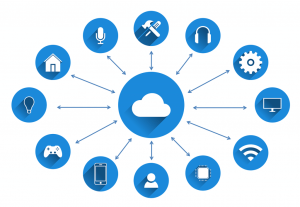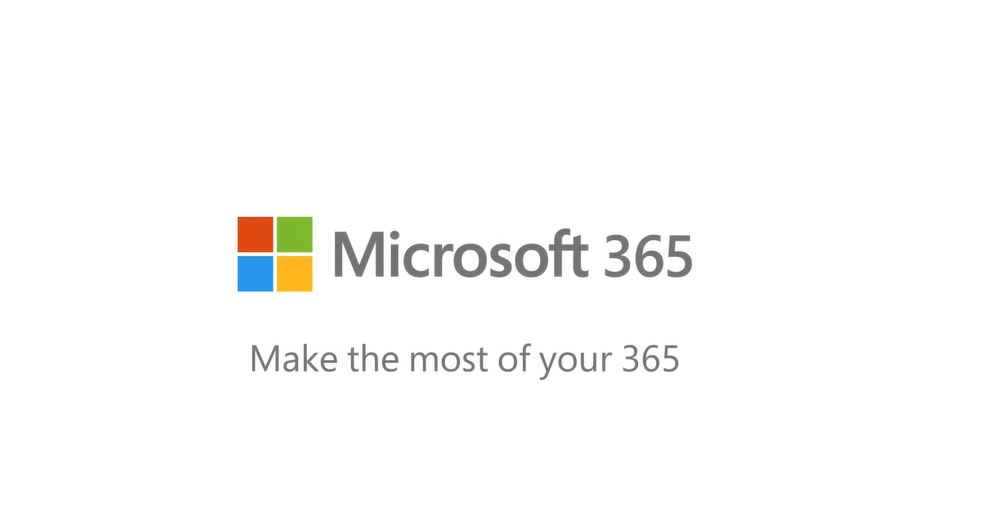The pandemic has created a challenging and threatening environment for businesses over the last year and the cloud has become increasingly more common.
In 2021, however, there are still plenty of ways that cloud technology can evolve. Its explosive growth is unlikely to slow any time soon, and companies will continue to provide innovative offerings to the demanding market. Here are our five predictions for the evolution of cloud technology throughout this year:
1. Public cloud will increase in dominance
Since 2010 Public cloud adoption had increased by 83%. Research predicts that it will grow a further 35% in 2021 alone, as organisations look to utilise its productivity.
2. Microsoft will strengthen its position amongst the ‘big three’ cloud providers
Microsoft Azure are still growing faster that all of it competitors. In 2021 Microsoft are expected to achieve $25 billion in Azure revenue alone.
3. The intelligent technology boom will trigger a demand for cloud-to-edge applications
The pandemic has marked a rise in AI, robotics, IoT, and autonomy as businesses look to both reduce human contact and make up for lost productivity. With major benefits to be enjoyed, it’s unlikely businesses will ever switch back to manual processes. Microsoft’s latest IoT report reveals that 64% of companies’ decision makers believe AI and IoT are critical to their success.
As a result, cloud providers will see more demand for ‘intelligent edge’ workloads. Automation is driven by data, which must be collected, processed and analysed efficiently. According to Microsoft’s insights, its ‘edge computing’ offerings are valued by businesses for their ability to enable more connectivity via protocol translation, reduce the internet bandwidth burden, and improve privacy.
4. Data governance will be a key focus for IT managers
Many businesses are already undergoing projects to ensure secure and compliant data migration to the cloud, and this will continue in 2021. The effects of the pandemic and a general increase in cloud utilisation is creating a world in which IT departments will have to put governance and compliance first every time.
5. Augmented reality will support training and enablement of remote employees
The benefits of mixed and augmented reality have been proven since the upturn in remote working. Increasingly, augmented reality technologies will supplement or even replace in-person training, especially in the IT sector. Microsoft’s Remote Assist app provides a first-person view to instructors who will be able to walk new hires through step-by-step training with visual aids.



 Previous
Previous








